Having introduced the Talking Strategy series by throwing first spotlights into what the Women’s Football Strategy for Malta could look like in terms of targets for Competitions & Professionalisation Structures, this second part deals with Participation & Talent Development: of players, coaches and supporting professionals, as well as match officials.
The First Conundrum: Finding Players
Despite Malta’s limited population setting statistics against Malta, there is still plenty of untapped potential when one considers the ratio of female to male footballers in Malta.
The need to increase numbers has been duly identified with a clear path being developed to open up the opportunities for young girls to get into the sport. The pathway was covered in a separate article, where through the introduction of UEFA Playmakers and After School Programmes, as well as the push to get those interested into clubs, the numbers of girls getting into the sport should be an area that is carefully being monitored by the Malta Football Association Women’s Department.
There is plenty of debate about the numbers of clubs in Malta, but the clubs that are specifically set up with a women’s sector to cover all ages are a much smaller number. The senior’s league features just eight teams, while there is more promise at youth levels with a total of twelve teams participating at U13 league level.
There are also several other clubs who do not have women’s teams but allow girls to train with boys at grassroots levels. All of these highlight positives about the work being put in to increase the numbers.
Maximising Potential
As work to increase numbers continues, the next challenge becomes to increase the quality of Malta’s footballers, in other words, to maximise the potential of these players. However, this dove-tails first on the quality of coaching and support that they can receive.
Developing Better Coaches Is Only One Side Of The Game
Setting coaching structures and a required level of coaching experience and qualification, is something that the first pillar should address, as highlighted in the first part of this series. However, this is only the beginning. The next step is to ensure that these coaches have the right attitude and approach, as well as resources, to set the correct training to develop players to the right level.
Malta has a handful of former players who have become the trailblazers as the first coaches in the women’s game to be developing the next generation of players. They will certainly be joined be several current players who are striving toward getting their badges.
While there have been some key male coaches in the women’s game, there are positive signs in increased interest by new young coaches. Most importantly, they are heading toward the women’s game with an excellent enthusiasm at maximising the potential of players and an interest in understanding the nuances of leading a women’s team.
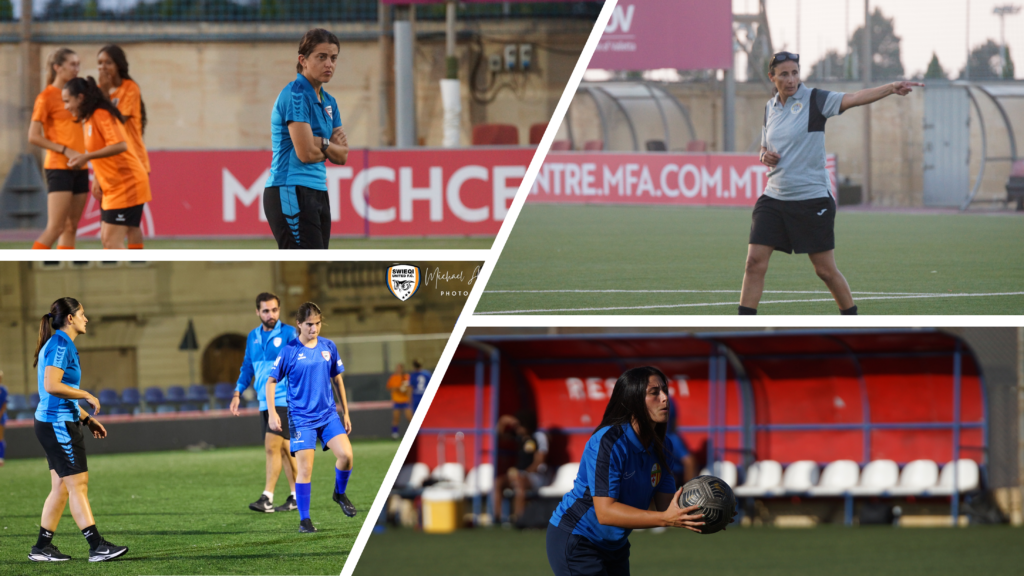
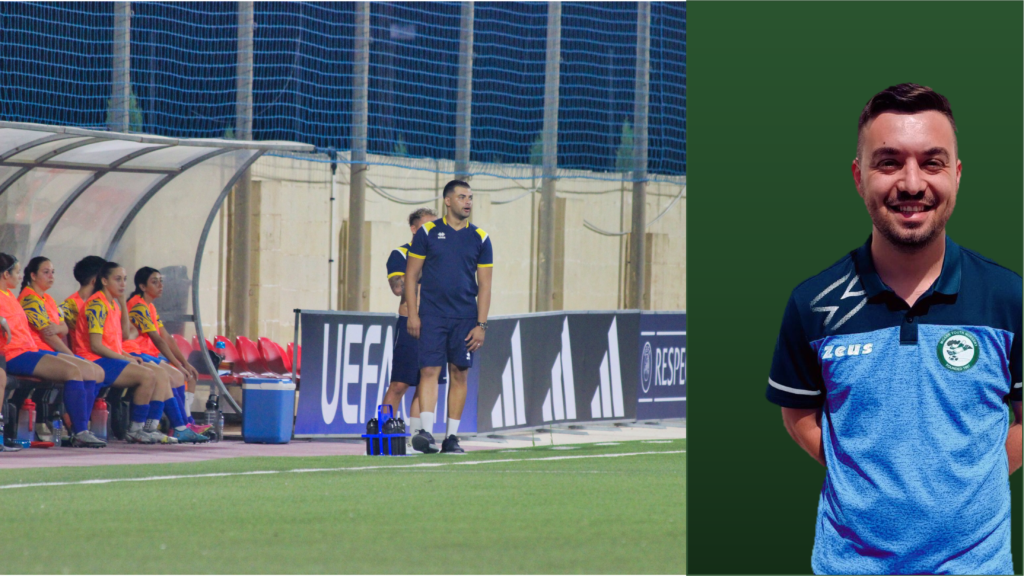
One hopes that the Strategy can set the targets and means to increase these numbers to give the increasing number of players a complete setup of coaches, not just the technical coaches, at every age group and level.
However, once more, one dares to ask whether Malta Women’s Football Strategy can be more ambitious. Getting license is one thing, getting mentorship and even experiences at foreign elite clubs could bring new know-how to these coaches and enable the level to increase further. Their ability to experience other elements and then merge this within the context of Malta through their own understanding of Malta’s nuances could unlock the next step in Malta’s development.
Furthermore, the current crop of players who challenge places in the Malta women’s senior national team include several leaders who could become not only great coaches, but may opt for other specialised roles in management, medicine and other disciplines that are crucial to support the game.
In addition, Malta’s current women’s national team boasts a number of players who have truly experienced among the best academies in the women’s game abroad and also among the worst possible conditions that a professional could face within it. Should Malta’s Strategy fail to consider these perspectives and utilise them, then it will truly have missed a gold-mine of potential.
Such elements must not be forgotten, and the same principles apply. Providing pathways for those aspiring such paths, while creating shared structures in the cases that numbers are small and can be shared, are crucial elements that the Strategy must consider.
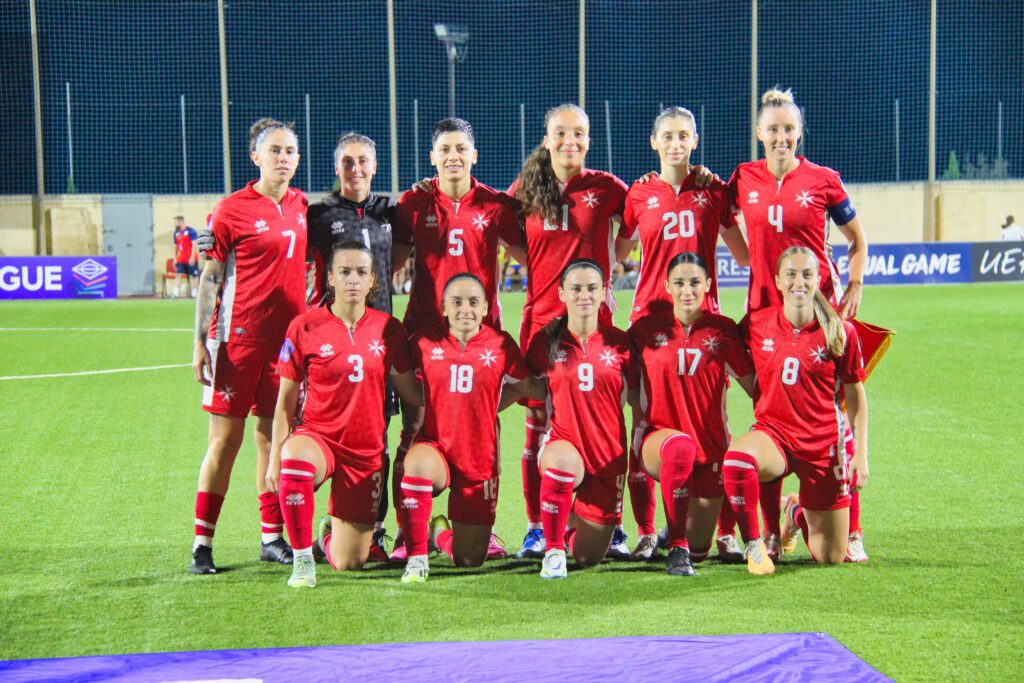
In this regard, proper pathways are not only important for players from grassroots to senior level, but to also factor their life beyond playing the game. This is an example where the women’s football strategy and men’s football strategy should align to foster the best Malta’s football can be.
Improving Players
Assuming that the work is done to develop the best leaders, then one can turn attention to what they will need to focus on to raise an even better generation of players on the training ground.
While there have been clear pushes to send players into promising academies abroad as they reach ages of 16 to 19, there must be a clear effort to push Malta’s academies to develop. The reality is simple, maximizing the potential of Malta’s ability to develop players will render the ability of Maltese players in Malta to increase their levels to match, ultimately lifting the level of the domestic game that should filter-in more investment and sport interest among the masses. It also maximizes the pool for the national team.
Additionally, even though Malta’s women’s national team boasts plenty of players who’ve made their name at highest league levels, should a player decide to move abroad with an even better starting level, they would find even better opportunities in the most prestigious leagues earlier on. Finally, improving Malta’s name in this regard could push more investment by foreign clubs into Maltese teams, that would further inject more positive momentum.
So what improvements are needed? As one watches youth league (U19) matches and those of U16 levels, it is evident that not only is the intensity poor, but there is plenty of space to improve game understanding and technique. Resilience in the face of adversity and competition is another crucial pillar that aspiring professional footballers need to develop.
There are various tools that coaches may use to monitor, assess and improve such physical, technical and mental aspects. However, once again this often requires resources. Beyond ensuring that coaches are attuned to how to tackle such principles through incentivizing further training, in today’s world it also means an investment in accurate data collection and analysis methods.
If player quality is to improve, data should be among the highest of priorities. Maximising data gathering abilities and sharing across the sector will certainly improve the level at domestic and national team level. As the women’s game rushes forward abroad, scouts are increasingly also asking for metrics when searching for players, putting a block on the potential of players to go into professional setups abroad. Setting up targets and pathways toward this is another key area of focus for the Strategy.
Considering that the most promising players at this level are training with both clubs and the ‘Inhobb il-Futbol Foundation’ during the week, it is crucial that key metrics are developed, progress discussed and that there is an improved alignment between the two entities.
This is not aided by the fact that especially the U16 matches are still played in highly confined spaces. However, beside pointing toward matchdays, one needs to also consider what spaces players are training in during the week. It is very difficult to believe that players will be able to utilise the space in a matchday pitch properly, if the training is not held in suitable spaces. The problems of pitch availability in Malta is well-known and this is where higher authorities are required to provide their attention.
Keeping Players Healthy & Involved
The next key thing is to be cognisant not only of the number of players registered, but how many of them are truly transitioning to senior level. As numbers increase at domestic club levels, the final metric would be to take stock of how many of these transition into regular contenders at senior national team level.
The challenge to keep players between 16 to 20 years of age involved is a real one met by plenty of nations. Having an already small starting population, Malta’s women’s sector is even worse hit than most, including the boy’s sector in Malta. This is evidenced by the small numbers on matchday benches in the youth leagues.
Ensuring that the right environments and structures are set up to maximise the love for the game is one aspect, but there must be effort to understand the challenges being faced by players and coaches, to reveal the true realities of why players drop out.
Once again, honest communication between clubs, players and the Football Association is imperative. Besides teenage rebellion, there are also real elements of supporting players as they deal with self-realisations of their quality as a football player and the challenges that come with it.
An even less spoken-about issue, but a very real one, is the occurrence and monitoring of injuries. The pitfalls of synthetic pitches are well known in the game, but there is also an important factor to consider in the way that players’ conditioning levels are monitored. While ACL injuries are prevalent, it is important to note that simpler injuries are occurring at alarming rates and the time taken for players to recover even more so. The number of relapses or incomplete recoveries begs several questions. The worst cases are when a player quietly disappears from the game, left to deal with their own issues by themselves, while ‘social responsibility’ parades go on.
So, addressing ways to monitor players’ wellbeing is crucial. However, if one wants to be crude and selfish from a national perspective, then there is a simple truth to face. The players who are most likely to face real injuries are those being over-exposed and utilised due to their potential. Failure to improve the conditioning, its monitoring and recovery science in Malta will continue to waste potential and harm the competitive ability of Malta at every level.
It is no secret that Malta has headed to the international tournaments in this year with some of its highest potential and most crucial players missing due to injury, at every age group. While injuries are a part of the game, stories of conflicting medical advice, inadequate treatments and players carrying out their own diagnoses and recoveries as they best see fit due to the shaky advice received in the past, are realities that the Malta Football Association & stakeholders need to face and find a way to address.
This is an area where a Strategy with proper targets, metrics and actionable evaluations are imperative.
The Officials
They get the worst brunt of it all in matches, on social media and by some of the most pesky writers in the game (example here and here). However, it is important to mention that their job is truly one of the hardest of all in an often hostile environment.
The first key priority is for the Women’s Football Strategy to challenge the notion mentality that a female official is required to officiate the women’s game or that she should be restricted to it. Yes, women’s participation in the sport is important, but just like coaches and administrators, officials are not to be restricted by gender. That restriction only applies to the players themselves.
So, if we are to encourage women to officiate matches, we should ensure that they have equal opportunity in both the men’s and the women’s game, just like the men. Emma Hayes said it best on female coaches, “”I’ve said this a million times over – you can find a female pilot, a female doctor, a female lawyer, a female banker, but you can’t find a female coach working in the men’s game, leading men. It just shows you how much work there is to be done.” The principle applies just the same.
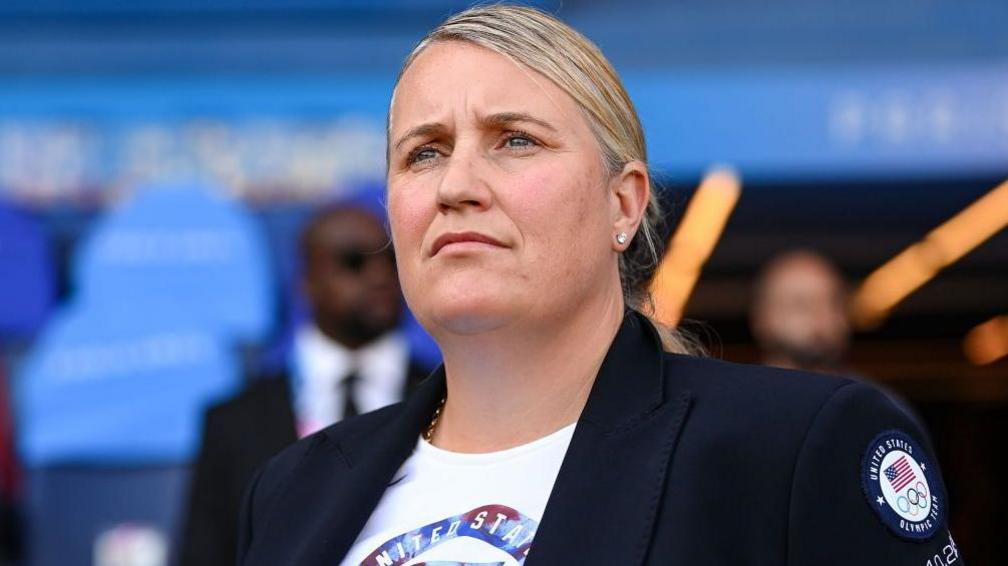
Once the sexism has been dealt with, it is clear that experience levels and qualification targets should be set also for the officials. It is unacceptable to have assistant referees looking at the main referee for most throw-in calls, or even worse changing whims according to player calls.
However, that is the bare minimum. As is said for coaches, licenses mean little if an official trembles under the pressure of players, coaches and football fans. Seeing players clap a referee and not get a booking is also ruining the potential of the game. Developing staunch characters with the right mental support needs to be addressed, much in the way that players’ and coaches’ psyche also requires addressing.
As mentioned for the other stakeholders, focusing resources, a pathway and clear metrics to evaluate officials’ development, are crucial to the growth. Working hand in hand with the Referees section in the Association is crucial in this regard.
On the flip side, the improved level will also shut the door on unacceptable behaviour from coaches and players. In turn this would improve the attraction of the role for those interested in the field.
As is to be handled in a separate section, Fan Culture is an area that has plenty to do with this as well. While there is plenty of untapped potential, it will also require a bold and tough hand in the Strategy.
Stay tuned for more from the Talking Strategy series which will deal with the final pillars of ‘Investment & Commercialisation’ & ‘Fan Culture’.
Lead Image: Lara Schembri
Make sure to never miss an Assikura Women’s League match by syncing your calendar here.
Stay up to date by following The Sporting Fan on social media: Instagram ~ Facebook ~ X
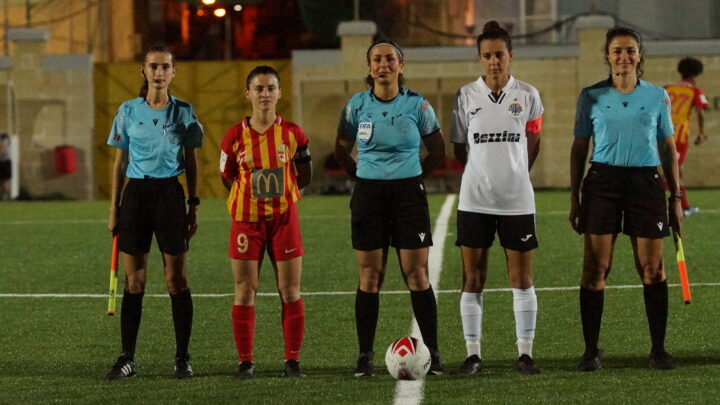
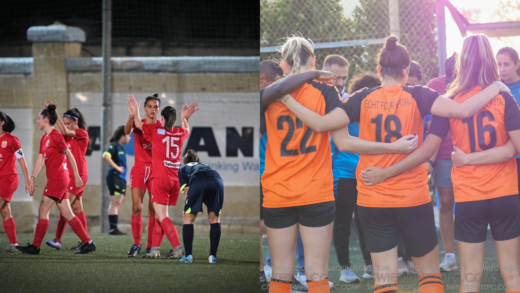
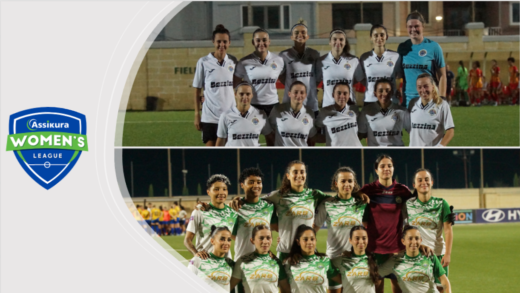
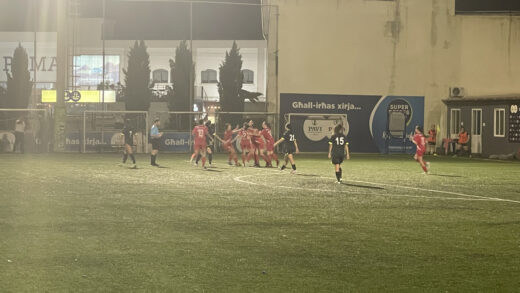
2 Responses
[…] as alluded to in the second part of the Talking Strategy series published on The Sporting Fan, there are many troubling stories that traverse the football […]
[…] Talking Strategy Series pertain to investment, commercialisation and fan culture. While Part 1 and 2 dealt with the technical side of investment, regularisation and competition structures, and […]